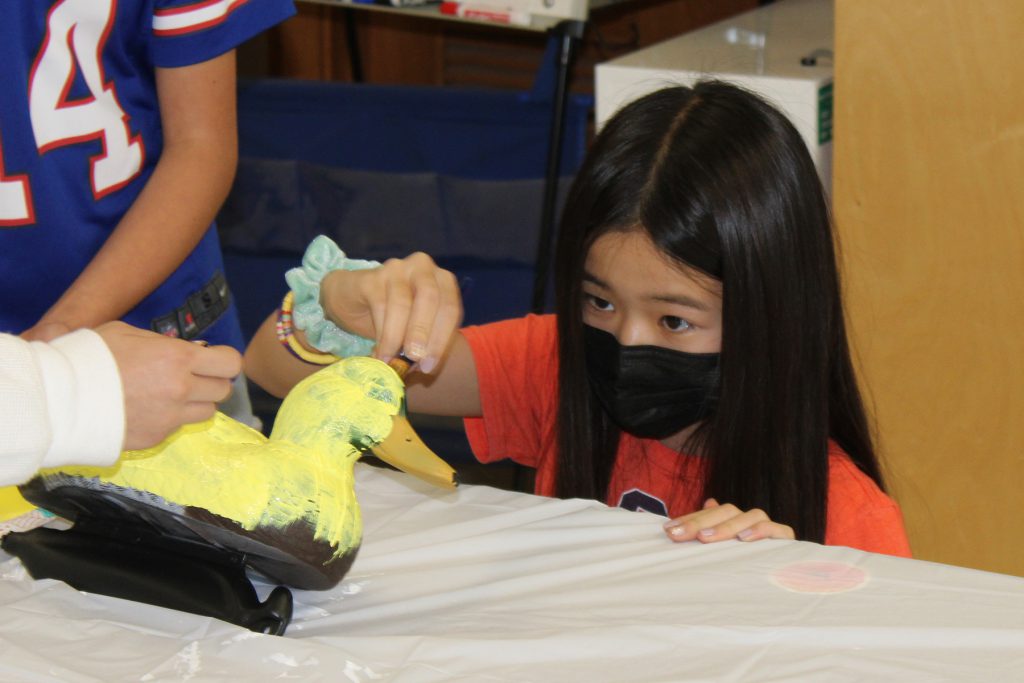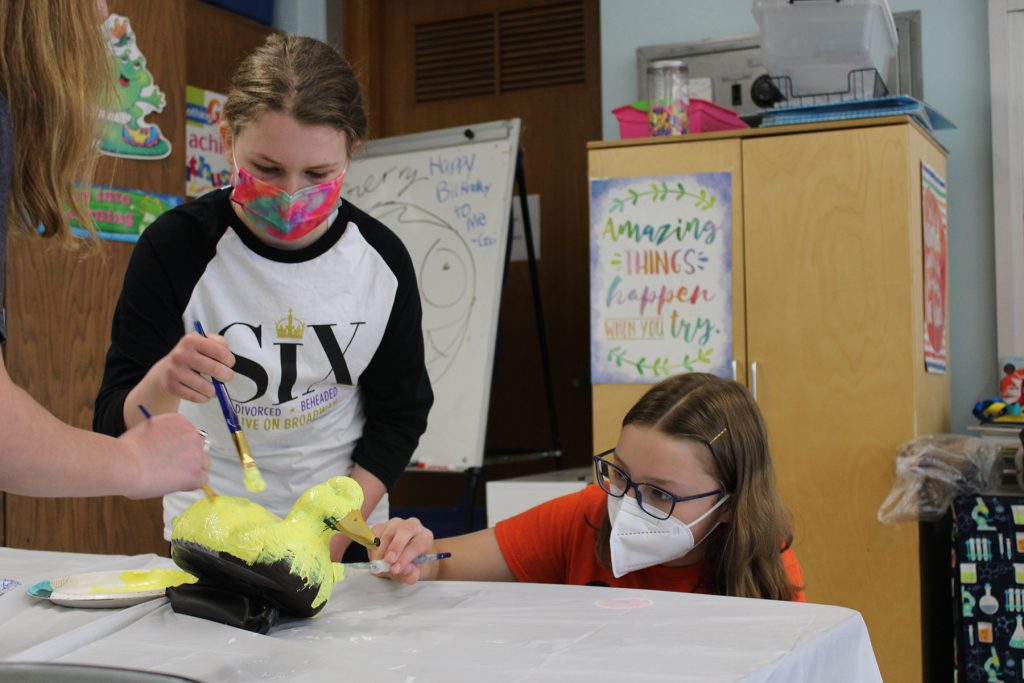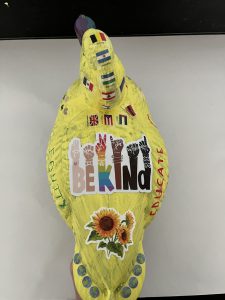
A group of Jamesville-DeWitt middle and high school students spent some time this school year focused on reducing interpersonal bias, building empathy and cultural understanding and creating a more inclusive school environment.
The district’s 2020-25 Strategic Plan called for there to be opportunities in year two of the plan, which is the current school year, for constructive dialogues related to diversity, equity and inclusion to take place. To meet that goal, district officials reached out to InterFaith Works to find out how the nonprofit organization, which already works with several school districts in the area, could support J-D in setting up opportunities for students to have honest and productive conversations about their school experiences with the goal of creating a more inclusive, welcoming environment.
“It’s premised on the idea of having students learn from each other respect, empathy and understanding,” J-D Superintendent Peter Smith said.
InterFaith Works trained several J-D staff members in fall 2021, and the result was a new student club at the middle school to allow for conversations to occur, and at the high school, InterFaith Works facilitated dialogue circles, which brought together a diverse group of students for conversations designed to bridge one another’s differences.
The district hopes to expand those opportunities to even more students in the 2022-23 school year.
Students applied to be part of both school’s experiences. There were 43 that participated in the middle school club, and about 40 at the high school.
“It truly was an interesting cross-section of kids from across the school,” J-D Middle School Principal Andy Eldridge said.
Having the teachers serve as facilitators also allowed connections to form between students and staff that may not have otherwise, he said.
“The focus has been on teaching students how to dialogue and to see differences as strengths rather than challenges to overcome,” said Laura Dietz, a sixth-grade middle school teacher who served as one of nine adult allies for the middle school club.
The middle school allies met with students formally four times throughout the school year, with each half-day session focusing on a different topic, including personal identity, social identity, stereotypes and what they learned and what actions they could take to create a more inclusive school community. They focused on three areas they felt needed improvement: racism, bullying in general and LGBTQIA+ concerns.

“They got to have honest conversations and opportunities to hear different perspectives from their peers,” Dietz said.
The student groups are coming up with action plans they would like to propose to the administration, and Eldridge said they plan for the club to continue in the next school year.
“This has really empowered students,” he said. “I think what we created was pretty powerful.”
Students bring in guest speaker
The seventh- and eighth-grade group arranged for Al-Amin Muhammed, executive director and founder of We Rise Above the Streets Recovery Outreach, to visit the school June 7 to talk with grade 7 and 8 students about overcoming adversity. The nonprofit organization provides help for the homeless, underrepresented and anyone in need of food, clothing and/or basic hygiene items.
High school dialogue circles
At the high school, 12 students participated in a dialogue circle facilitated in the fall by InterFaith Works staff. The staff would pick a topic, such as racism or priviledge, and the students would then have an open discussion about their experiences on the topic.
The J-D staff trained by InterFaith Works as adult allies were present at the beginning and end of each of the six two-hour meetings and oversaw all the logistics of the activity, such as ensuring there is a place for the group to meet and making sure the students were excused from their classes. To allow the students to speak freely, they did not attend the discussion portion of the meetings.
For the spring, eight students volunteered to be trained as facilitators so the school could expand the number of students participating. Three groups met during the spring, allowing the number of students to participate to expand to about 40.


